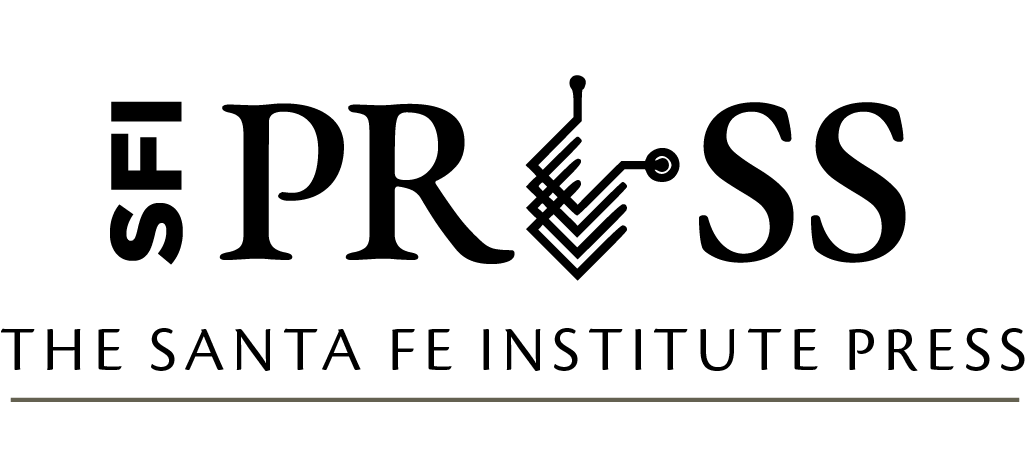61-langton-1985
Foundational Papers in Complexity Science pp. 1807–1860
DOI: 10.37911/9781947864542.61
Simulating Life
Author: Sara Imari Walker, Arizona State University and Santa Fe Institute
Excerpt
It is oft quipped “What I cannot create, I do not understand.” The modern popularity of this quote derives from text posthumously found on the chalkboard of the influential physicist Richard Feynman. It summarizes a key part of his legacy, and indeed a key part of the legacy of the last 300 years of physical science, in its popularization of the idea that our capacity to build things is essential to our ability to understand them. While this has worked exceptionally well in physics, the field Feynman most significantly contributed to, and its close relatives, the approach has been markedly less successful in other areas of science. Nowhere is this more apparent than in the study of life.
A cell, which is widely regarded as the fundamental unit of life, is inextricably complex. So far, even this simplest unit of life has eluded our ability to recreate its complexity from scratch. There are of course cases of taking biological parts with known function and patching them together to make something that for the most part works. A good example is the genome transplant experiment conducted by Craig Venter and colleagues, where the genome of one organism was transplanted to another (Lartigue et al. 2007). The result was a rewriting of the host cell’s phenotype to that of the transplanted genome’s parent species. This did not demonstrate the creation of new life, as some popular pundits suggested, because it used biochemical component parts that were already related in deep time, via their shared evolutionary history. Instead, what it showed is that biochemistry can be “rewritten” if fed with a logic consistent with its prior evolutionary programming. That is, it demonstrated how one organism could be transmuted into another by virtue of changing the logic of the program specifying its design, as was written by evolution into its genome. We can transmute cells and biochemical materials by manipulating their logic, but we
Bibliography
Lartigue, C., J. I. Glass, N. Alperovich, R. Pieper, P. P. Prashanth, C. A. Hutchinson III, H. O. Smith, and J. C. Venter. 2007. “Genome Transplantation in Bacteria: Changing One Species to Another.” Science 317 (5838): 632–638. https://doi.org/10.1126/science.1144622.
Packard, N. H. 1988. “Adaptation Toward the Edge of Chaos.” In Dynamic Patterns in Complex Systems, edited by J. A. Kelso, A. J. Mandell, and M. F. Shlesinger, 293–301. https://doi.org/10.1142/0534.
Turing, A. M. 1936. “On Computable Numbers, with an Application to the Entscheidungsproblem.” Journal of Math 58:345–363. https://doi.org/10.1112/plms/s2-42.1.230.
von Neumann, J. 1966. Theory of Self-Reproducing Automata. University of Illinois Press. https://doi.org/10.5555/1102024.
